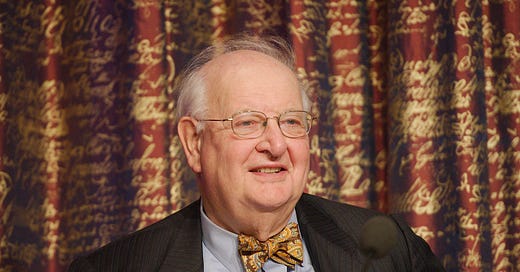Sir Angus Deaton is one of the most distinguished economists of his generation. So it says something that he should publish a little-noticed essay—at the website of the International Monetary Fund, no less—questioning some of the foundational markets-know-best premises that have guided his discipline along with the policymakers who take Econ 101 for gospel (rather than an idealized picture of the world based on pre-industrial conditions).
An emeritus professor of economics and international affairs at Princeton, Deaton in 2015 was awarded the Nobel Prize for research linking consumption and savings behavior at the micro level with macroeconomic patterns of wealth and poverty. The same year, Deaton and his wife, the Princeton economist Anne Case, published a paper on rising mortality among working-class whites facing declining wages and precarious labor markets—what they memorably called “deaths of despair.” The paper, and the political conclusions Deaton and Case drew from it, proved prophetic. A December 2015 column by Case summarizing the pair’s findings observed that “physical and mental distress” among working-class whites “may be creating a less obvious, yet powerful, wind in the sails of Trump … this political season.”
“Deaths of despair” soon became a buzzword among journalists and policymakers seeking to understand the Trumpian phenomenon. Yet heterodox critics of corporate-led neoliberal globalization had been sounding the same warnings much earlier, only to be ignored by the mainstream (I claim no special clairvoyance on this count; when the Deaton-Case despair study came out, I was still dutifully mouthing free-markets-über-alles talking points as a Wall Street Journal editorialist). I suppose it took the rise of Donald Trump, viewed side-by-side with Deaton’s and Case’s mortality graphs, to jolt people in my class out of our complacency.





